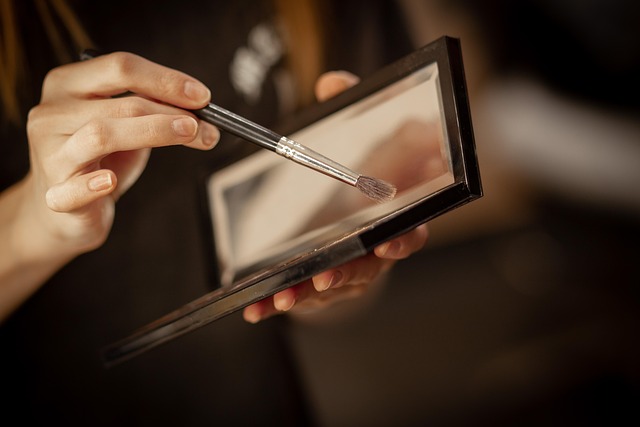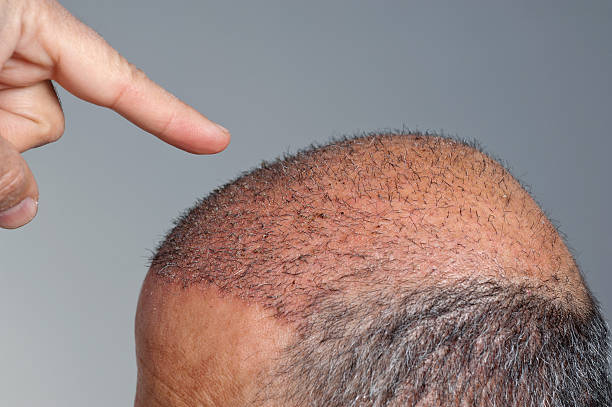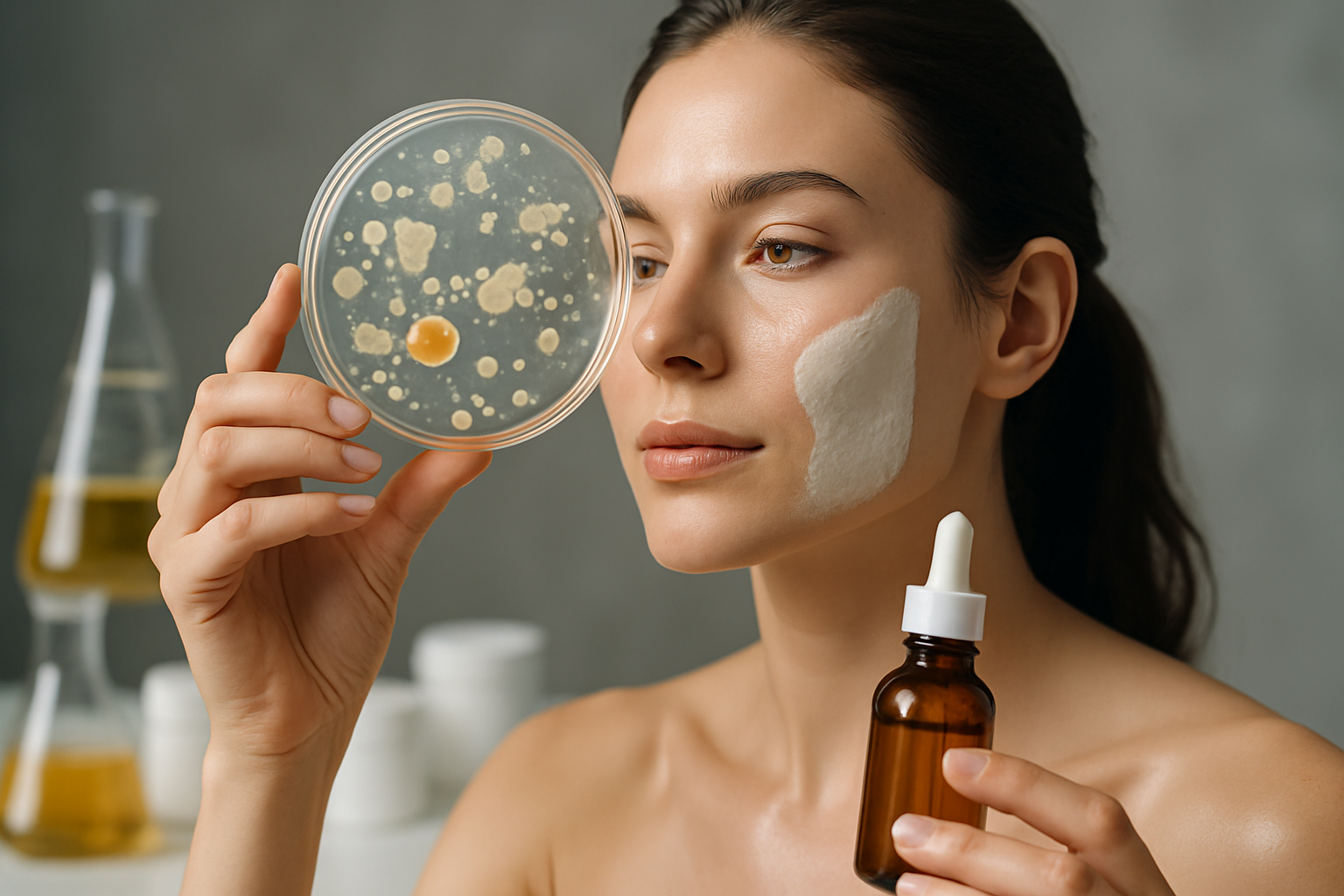The Art of Contouring: Sculpting Face Shape with Makeup
Contouring has become a staple technique in the beauty world, transforming the way people approach makeup application. This method of strategically applying light and dark shades to enhance facial features has roots that stretch back centuries, but it has experienced a remarkable resurgence in recent years. From stage makeup to everyday looks, contouring has evolved into a versatile skill that allows individuals to sculpt their face shape, highlight their best features, and create the illusion of depth and dimension. As beauty trends continue to shift and adapt, contouring remains a powerful tool in the modern makeup artist's arsenal, offering endless possibilities for self-expression and transformation.

One of the pioneers in this field was Max Factor, who created a series of “flexible greasepaint” in various shades to help actors achieve a more three-dimensional look on camera. This laid the foundation for modern contouring techniques, which would later be adopted by the general public.
The Rise of Everyday Contouring
While contouring remained primarily a tool for film and television for many decades, the 1990s saw a shift towards more accessible contouring techniques for everyday wear. Makeup artists like Kevyn Aucoin popularized the idea of using contouring to enhance natural beauty, bringing these techniques to a wider audience through his books and celebrity collaborations.
The true contouring revolution, however, came with the rise of social media and beauty influencers in the 2010s. Platforms like Instagram and YouTube became hotbeds for makeup tutorials, with contouring taking center stage. Beauty gurus demonstrated how to achieve sculpted cheekbones, slimmer noses, and more defined jawlines using easily accessible products.
Techniques and Tools of the Trade
Modern contouring involves a variety of techniques and products, each designed to suit different face shapes and desired outcomes. The basic principle remains the same: darker shades are used to create shadows and recede areas, while lighter shades highlight and bring features forward.
Common contouring products include:
-
Cream contour sticks or palettes
-
Powder contour kits
-
Highlighters in powder, cream, or liquid form
-
Bronzers for a sun-kissed contour effect
Techniques vary from subtle everyday contouring to more dramatic looks for special occasions or photography. The key areas typically targeted for contouring include the cheekbones, jawline, nose, and forehead.
The Impact on the Beauty Industry
The popularity of contouring has had a significant impact on the beauty industry. Makeup brands have rushed to create specialized contouring products, from all-in-one palettes to precision brushes designed for blending. This trend has also influenced the development of complexion products, with many foundations and concealers now available in a wide range of shades to accommodate contouring needs.
Moreover, the emphasis on contouring has led to a greater focus on individualized makeup techniques. Beauty enthusiasts are now more aware of their unique face shapes and features, leading to a more personalized approach to makeup application.
Criticisms and Controversies
Despite its popularity, contouring has not been without controversy. Critics argue that the technique promotes unrealistic beauty standards and can lead to a homogenized look, with many people striving for the same sculpted features regardless of their natural face shape.
There have also been discussions about the cultural appropriation of contouring techniques, particularly when it comes to nose contouring. Some argue that certain contouring practices aim to achieve features typically associated with European beauty standards, potentially undermining diverse representations of beauty.
The Future of Contouring
As beauty trends continue to evolve, so too does the art of contouring. Recent years have seen a shift towards more natural, “no-makeup makeup” looks, leading to the development of subtler contouring techniques. Cream-based products and sheer formulas are gaining popularity for their ability to create a more natural-looking contour.
Additionally, technological advancements are beginning to influence contouring practices. Augmented reality apps that allow users to virtually try on different contouring styles are becoming more sophisticated, potentially changing how people approach makeup application.
Embracing Individuality in Contouring
As the beauty industry moves towards greater inclusivity and diversity, there’s a growing emphasis on using contouring techniques to enhance individual features rather than conform to a single ideal. Makeup artists and influencers are increasingly promoting the idea of tailoring contouring techniques to different face shapes, skin tones, and personal preferences.
This shift towards individuality in contouring is not only more inclusive but also encourages creativity and self-expression through makeup. It’s a reminder that while contouring can be a powerful tool for transformation, it should ultimately be used to celebrate and enhance one’s unique features rather than mask them.
In conclusion, the art of contouring has come a long way from its theatrical roots to become a ubiquitous part of modern makeup routines. As techniques continue to evolve and adapt to changing beauty standards, contouring remains a testament to the transformative power of makeup and its ability to empower individuals to express themselves through their appearance. Whether used for subtle enhancement or dramatic transformation, contouring continues to shape the landscape of beauty, one sculpted cheekbone at a time.





